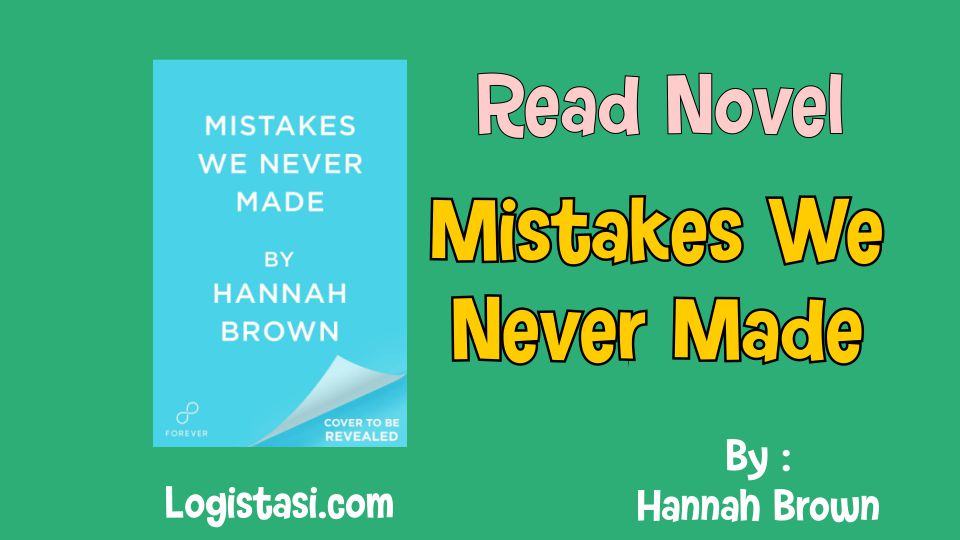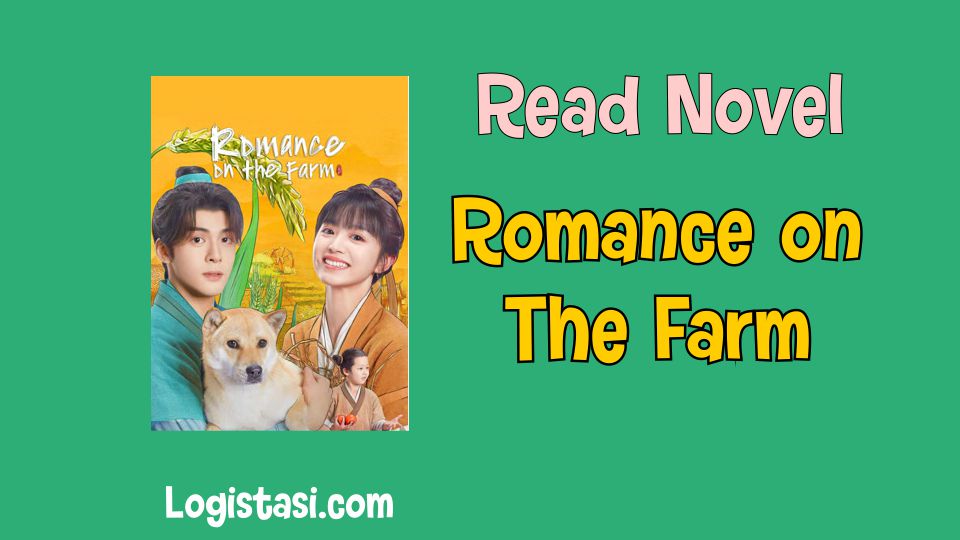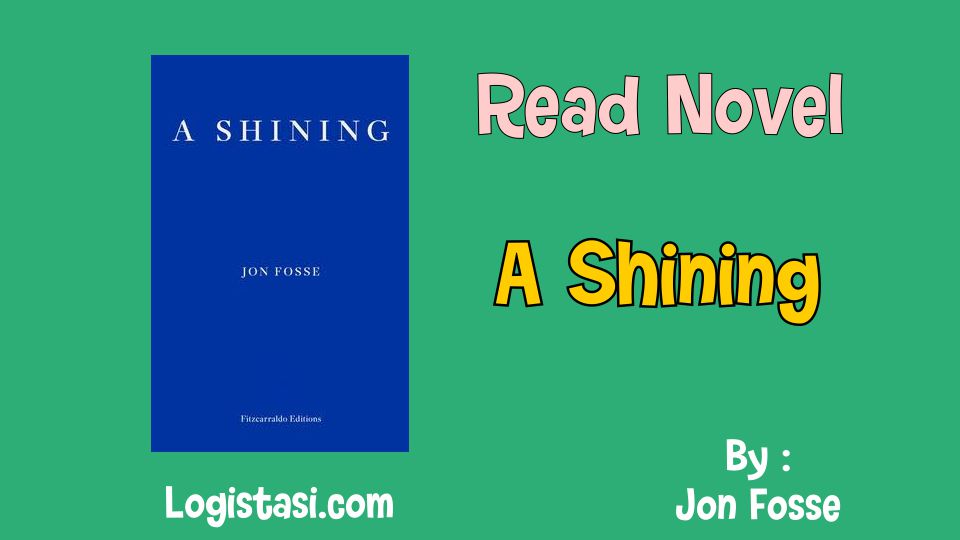
Read Best Brandon Sanderson Books Full Episode
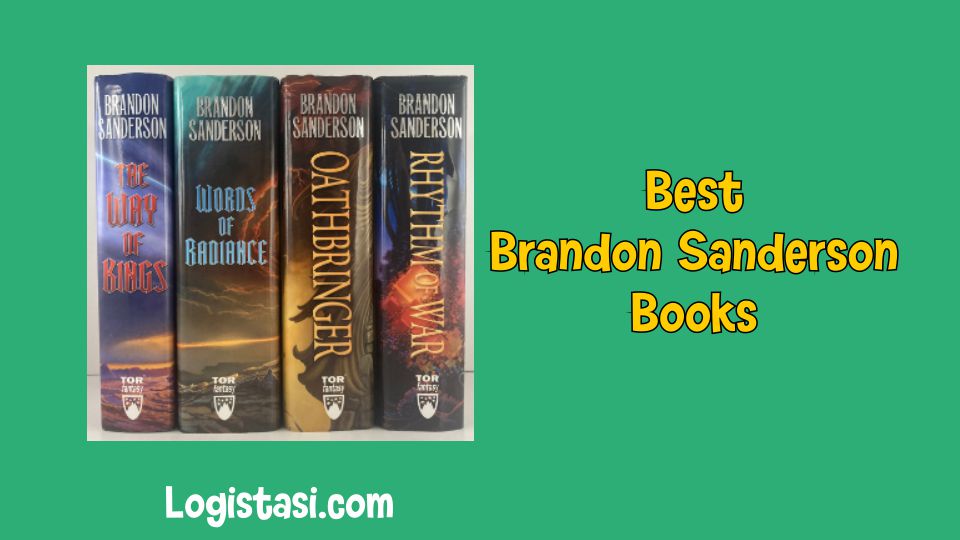
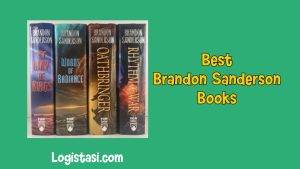
What are the Best Brandon Sanderson Books?
Brandon Sanderson is a highly acclaimed author known for his work in the fantasy genre. He’s known for his detailed world-building, intricate magic systems, and engaging characters. Picking the “best” Brandon Sanderson books can be subjective, as it often depends on personal preferences. However, here are some of his most popular and highly regarded works:
Mistborn Trilogy:
“Mistborn: The Final Empire”
“Mistborn: The Well of Ascension”
“Mistborn: The Hero of Ages”
The Stormlight Archive (an ongoing series):
“The Way of Kings”
“Words of Radiance”
“Oathbringer”
“Rhythm of War”
Warbreaker: A standalone novel with a unique magic system and intricate political intrigue.
Elantris: Another standalone novel featuring a captivating magical city and its fall from grace.
Skyward Series (ongoing):
“Skyward”
“Starsight”
The Reckoners Trilogy:
“Steelheart”
“Firefight”
“Calamity”
Remember that Brandon Sanderson’s works often connect through a shared universe called the “Cosmere,” where various series and stories are set in different planets but share underlying connections. Some readers prefer to start with the Mistborn series, while others may choose to dive into The Stormlight Archive. Ultimately, the “best” Brandon Sanderson book for you will depend on your preferences for story themes, magic systems, character types, and world-building.
Definition of Fantasy Novels?
Fantasy novels are a subgenre of speculative fiction that involve imaginative and fantastical elements, often set in fictional worlds that differ from our reality. These novels typically feature magical or supernatural elements, mythical creatures, and settings that can range from medieval-inspired kingdoms to futuristic realms. Fantasy novels often explore themes of heroism, good versus evil, coming-of-age, and the interaction between the mundane and the extraordinary.
Key characteristics of fantasy novels include:
Magic and Supernatural Elements: Fantasy novels often involve magic systems, where characters can wield magical powers. These powers can be governed by rules and limitations that the author establishes.
Fantastic Settings: Fantasy novels frequently take place in imaginative and otherworldly settings, ranging from epic landscapes to enchanted forests, mythical cities, and hidden realms.
Mythical Creatures: Creatures like dragons, elves, dwarves, wizards, witches, and other fantastical beings are commonly found in fantasy novels.
Epic Quests and Adventures: Many fantasy novels center around epic quests, journeys, or adventures where characters strive to accomplish great feats or fulfill a destiny.
Conflict Between Good and Evil: Fantasy novels often explore the classic struggle between forces of good and evil, with heroes and villains embodying these opposing forces.
Cultural and Historical Influences: Fantasy novels can draw inspiration from real-world historical periods, cultures, and myths, creating unique and richly layered worlds.
World-Building: A hallmark of fantasy novels is detailed world-building, where authors create intricate societies, languages, religions, and histories for their fictional worlds.
Character Growth and Development: Fantasy novels frequently focus on character growth and development as protagonists face challenges, make choices, and evolve over the course of their journeys.
Subgenres: Fantasy itself has various subgenres, including high fantasy (epic fantasy set in entirely fictional worlds), urban fantasy (fantasy elements in modern or urban settings), dark fantasy (with darker and often more sinister themes), and more.
Prominent authors in the fantasy genre, apart from Brandon Sanderson, include J.R.R. Tolkien, George R.R. Martin, J.K. Rowling, Ursula K. Le Guin, Terry Pratchett, and many others. Fantasy novels offer readers a means of escape into magical and wondrous realms while exploring timeless themes and emotions.
What Types of Fantasy Novels?
Fantasy novels encompass a wide range of subgenres, each with its own unique themes, settings, and elements. Here are some of the major types of fantasy novels:
High Fantasy / Epic Fantasy: These novels are set in entirely fictional worlds with their own unique rules, magic systems, and histories. They often involve epic quests, battles between good and evil, and large casts of characters. J.R.R. Tolkien’s “The Lord of the Rings” is a classic example of high fantasy.
Urban Fantasy: Urban fantasy takes place in modern, real-world settings but incorporates fantasy elements, often involving supernatural creatures and magic hidden within the mundane. Examples include Jim Butcher’s “Dresden Files” series and Patricia Briggs’ “Mercy Thompson” series.
Low Fantasy: Unlike high fantasy, low fantasy is set in the real world but with subtle or limited magical elements. The magic in these novels is often mysterious or obscure. Neil Gaiman’s “Neverwhere” is an example of low fantasy.
Portal Fantasy: Characters from our world are transported to a fantastical realm through a magical portal or other means. C.S. Lewis’ “The Chronicles of Narnia” is a well-known example of portal fantasy.
Dark Fantasy: Dark fantasy emphasizes darker and often more sinister themes, combining elements of fantasy with horror. These novels can explore grim and morally complex situations. Michael Moorcock’s “Elric of Melniboné” series is an example of dark fantasy.
Sword and Sorcery: These stories focus on action-packed adventures with heroes who wield swords and magic. The plots often involve personal quests and battles against powerful foes. Robert E. Howard’s “Conan the Barbarian” stories fall into this category.
Historical Fantasy: Historical fantasy combines fantasy elements with historical settings or events. These novels reimagine history with magical or supernatural elements woven into the narrative. Guy Gavriel Kay’s works, like “Tigana,” fit this subgenre.
Steampunk: Steampunk blends fantasy with technology and is often set in a Victorian or Edwardian-inspired world where steam power is prevalent. It combines elements of science fiction and fantasy. China Miéville’s “Perdido Street Station” is an example of steampunk fantasy.
Science Fantasy: Science fantasy combines science fiction and fantasy elements, often featuring advanced technology alongside magic or mythical creatures. Gene Wolfe’s “The Book of the New Sun” series is an example of science fantasy.
Comic Fantasy: These novels blend fantasy with humor, often featuring witty and absurd situations. Terry Pratchett’s “Discworld” series is a well-known example of comic fantasy.
Fairy Tale Retellings: These novels reimagine or expand upon classic fairy tales, adding new twists, characters, and perspectives. Gregory Maguire’s “Wicked” is a notable fairy tale retelling.
These subgenres provide a diverse range of storytelling options within the fantasy genre, allowing authors to explore different themes and create unique worlds and characters.
How Many Categories Are There in Fantasy Novels?
Fantasy novels encompass a diverse array of subgenres that cater to various themes, settings, and storytelling styles. While the exact number of categories can be subjective and may evolve over time as new subgenres emerge, here are some of the major categories or subgenres within the fantasy genre:
High Fantasy / Epic Fantasy: Features fully immersive, fictional worlds with epic quests, extensive magic systems, and battles between good and evil.
Urban Fantasy: Integrates fantasy elements into modern or urban settings, often involving magical creatures and hidden realms.
Low Fantasy: Set in the real world but with limited or subtle magical elements.
Portal Fantasy: Involves characters from the real world being transported to fantastical realms through portals or other means.
Dark Fantasy: Explores darker, often sinister themes and may include horror elements.
Sword and Sorcery: Focuses on action-packed adventures with heroic characters wielding swords and magic.
Historical Fantasy: Merges fantasy elements with historical settings or events, reimagining history with magical elements.
Steampunk: Blends fantasy with technology in a Victorian or Edwardian-inspired world featuring steam-powered technology.
Science Fantasy: Combines science fiction and fantasy elements, incorporating advanced technology alongside magic.
Comic Fantasy: Infuses humor into the fantasy genre, often featuring witty and absurd situations.
Fairy Tale Retellings: Reimagines and expands upon classic fairy tales with new twists and characters.
Mythic Fantasy: Draws inspiration from mythology, folklore, and ancient legends to create richly textured worlds.
Cultural Fantasy: Incorporates themes and elements from specific cultures or historical periods.
Alternate History Fantasy: Rewrites historical events with fantasy elements to explore what could have been.
Magical Realism: Blurs the line between reality and magic, often set in everyday environments with subtle magical occurrences.
Grimdark Fantasy: Features morally ambiguous characters and a gritty, realistic portrayal of a dark and brutal world.
New Weird: Challenges traditional fantasy conventions by mixing fantastical elements with the bizarre and uncanny.
Military Fantasy: Focuses on military campaigns, strategies, and battles within fantasy settings.
Quest Fantasy: Centers around a character or group of characters embarking on a journey or quest.
Romantic Fantasy: Combines fantasy with romance elements as characters navigate both magical and romantic challenges.
Young Adult (YA) Fantasy: Geared toward young adult readers, often featuring coming-of-age themes and youthful protagonists.
Children’s Fantasy: Targeted at younger readers, these novels introduce magical worlds and characters suitable for children.
Paranormal Fantasy: Incorporates supernatural elements like vampires, werewolves, and ghosts into modern settings.
Environmental Fantasy: Explores ecological and environmental themes through fantasy allegories.
These categories provide a glimpse into the diverse range of storytelling possibilities within the fantasy genre. Authors often blend elements from multiple subgenres to create unique and engaging narratives.
Fantasy Novels What Novels Are Included?
It’s important to note that the world of fantasy novels is vast and continually expanding, with countless books from various authors and subgenres. Below, I’ll mention a selection of fantasy novels from different subgenres, eras, and authors. Keep in mind that this list is by no means exhaustive and represents only a small fraction of the fantasy novels out there:
High Fantasy / Epic Fantasy:
“The Lord of the Rings” by J.R.R. Tolkien
“A Song of Ice and Fire” series by George R.R. Martin (starting with “A Game of Thrones”)
“The Wheel of Time” series by Robert Jordan (completed by Brandon Sanderson)
“The Malazan Book of the Fallen” series by Steven Erikson (starting with “Gardens of the Moon”)
Urban Fantasy:
“Dresden Files” series by Jim Butcher (starting with “Storm Front”)
“Mercy Thompson” series by Patricia Briggs (starting with “Moon Called”)
“Rivers of London” series by Ben Aaronovitch (starting with “Rivers of London”)
Low Fantasy:
“Neverwhere” by Neil Gaiman
“The Lies of Locke Lamora” by Scott Lynch
“City of Stairs” by Robert Jackson Bennett
Portal Fantasy:
“The Chronicles of Narnia” series by C.S. Lewis (starting with “The Lion, the Witch and the Wardrobe”)
“Alice’s Adventures in Wonderland” by Lewis Carroll
“The Magicians” by Lev Grossman
Dark Fantasy:
“The Black Company” series by Glen Cook (starting with “The Black Company”)
“Prince of Thorns” by Mark Lawrence
“The Blade Itself” by Joe Abercrombie
Historical Fantasy:
“Jonathan Strange & Mr Norrell” by Susanna Clarke
“The Bear and the Nightingale” by Katherine Arden
“Lavinia” by Ursula K. Le Guin
Steampunk:
“Perdido Street Station” by China Miéville
“Leviathan” by Scott Westerfeld
“The Aeronaut’s Windlass” by Jim Butcher
Science Fantasy:
“The Book of the New Sun” series by Gene Wolfe (starting with “The Shadow of the Torturer”)
“Hyperion” by Dan Simmons
“Red Rising” by Pierce Brown
Comic Fantasy:
“Discworld” series by Terry Pratchett (starting with “The Colour of Magic”)
“Good Omens” by Terry Pratchett and Neil Gaiman
“The Princess Bride” by William Goldman
Fairy Tale Retellings:
“Wicked: The Life and Times of the Wicked Witch of the West” by Gregory Maguire
“Cinder” by Marissa Meyer
“Spinning Silver” by Naomi Novik
Please note that this list barely scratches the surface of the fantasy genre. There are many more authors and novels to explore, each with their own unique approach to storytelling and world-building.
What Are Fantasy Novels in General?
Fantasy novels are a genre of literature that takes readers into imaginative and fantastical worlds, often filled with magic, mythical creatures, and extraordinary events that go beyond the bounds of our reality. These novels transport readers to realms where the laws of physics, nature, and logic can be suspended, allowing for the exploration of limitless possibilities. Fantasy novels are characterized by their ability to transport readers to places and experiences that are far removed from the ordinary.
Key elements of fantasy novels include:
Magic and Supernatural Elements: Fantasy novels frequently feature magical systems, spells, and supernatural phenomena that shape the world and influence characters’ lives.
Fantastical Settings: These novels often take place in entirely fictional worlds, realms, or alternate realities that are richly detailed and distinct from our own.
Mythical Creatures and Beings: Fantasy novels introduce creatures such as dragons, elves, dwarves, wizards, witches, talking animals, and other fantastical beings.
Heroic Quests and Adventures: Many fantasy novels follow protagonists who embark on epic quests, journeys, or adventures that test their courage, strength, and resolve.
Themes of Good vs. Evil: A common theme in fantasy is the conflict between forces of good and evil, with characters often representing these opposing sides.
World-Building: Fantasy authors craft intricate and immersive worlds with their own histories, cultures, languages, and geography.
Character Growth and Transformation: The protagonists of fantasy novels often undergo personal growth and transformation as they face challenges and overcome obstacles.
Allegory and Symbolism: Fantasy novels can serve as allegories for real-world issues, allowing authors to explore complex themes and social commentary through fantastical settings.
Escapism and Wonder: Fantasy novels provide readers with an escape from the mundane and offer a sense of wonder and enchantment as they explore new and magical landscapes.
Cultural and Mythological Influences: Fantasy authors draw inspiration from various cultures, myths, legends, and folklore, adding depth and richness to their worlds.
Prominent authors in the fantasy genre include J.R.R. Tolkien, George R.R. Martin, J.K. Rowling, Ursula K. Le Guin, Terry Pratchett, Brandon Sanderson, Neil Gaiman, and many more. Fantasy novels invite readers to explore the realms of imagination, encouraging them to suspend disbelief and journey into the unknown.
What Does a Fantasy Novel Mean?
A fantasy novel is a work of fiction that belongs to the fantasy genre. It is a literary form that creates an imaginative and fantastical world where magical or supernatural elements are integral to the plot, setting, and characters. In a fantasy novel, the author constructs a universe that can be entirely different from our own, often containing magical systems, mythical creatures, and extraordinary events.
Key characteristics of a fantasy novel include:
Magic and the Supernatural: Fantasy novels feature magic as a central aspect, often with established rules and limitations. Supernatural elements like magical creatures, spells, and enchanted objects are common.
Fantastical Settings: These novels are usually set in fictional worlds or alternate realities that can differ greatly from our own. These settings may include kingdoms, worlds beyond portals, hidden realms, and more.
Mythical Creatures and Beings: Fantasy novels introduce readers to creatures and beings that don’t exist in the real world, such as dragons, elves, wizards, and talking animals.
Epic Quests and Adventures: Many fantasy novels follow characters on epic quests, journeys, or adventures where they face challenges, encounter foes, and discover their inner strength.
Themes of Good vs. Evil: A common theme in fantasy is the struggle between forces of good and evil. Heroes often battle dark powers or villains, embodying the clash between morality and corruption.
World-Building: Fantasy authors create intricate worlds with their own histories, cultures, religions, languages, and geographies, adding depth and complexity to their stories.
Character Growth and Transformation: Protagonists in fantasy novels frequently undergo personal growth and transformation as they navigate their journeys and overcome obstacles.
Escape and Wonder: Fantasy novels provide an escape from reality, inviting readers to explore enchanting and wondrous realms that are beyond the confines of the ordinary world.
Allegory and Symbolism: Fantasy novels can offer allegorical interpretations of real-world issues, allowing authors to comment on society and human nature through fantastical scenarios.
Cultural and Mythological Influences: Authors draw inspiration from diverse cultures, myths, legends, and folklore to create unique and diverse fantasy worlds.
Fantasy novels are a source of wonder, creativity, and imagination. They allow readers to step into otherworldly landscapes, experience magical adventures, and engage with themes that resonate beyond the confines of reality.


